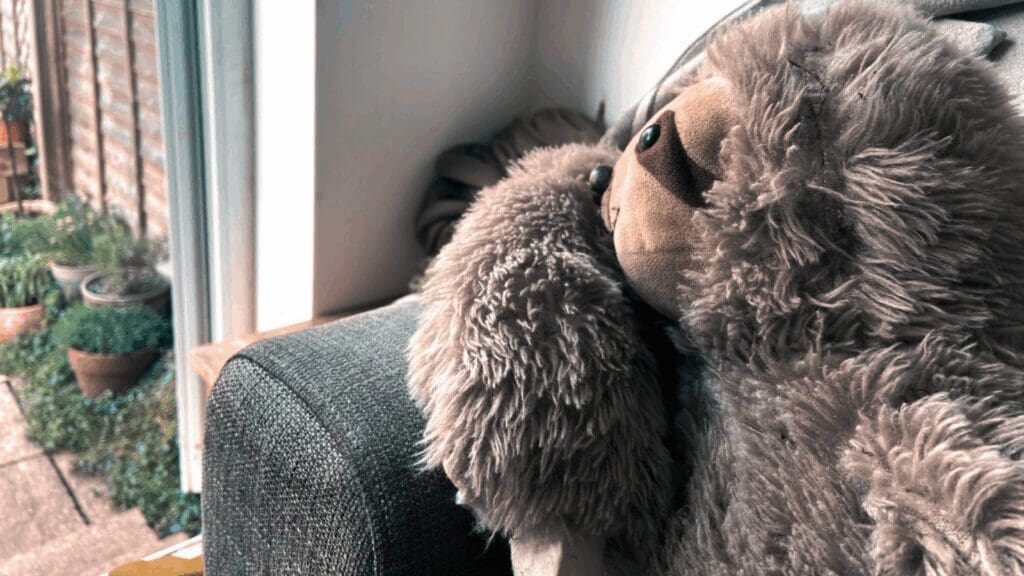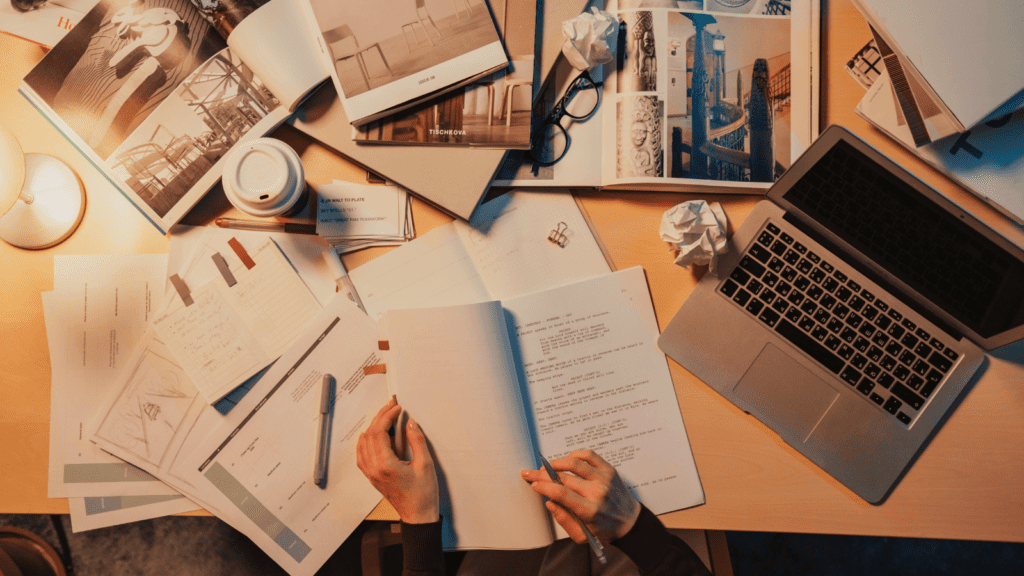Who Will I Be in the Face of This? (with Jacob Nordby)

Other Platforms Spotify | RSS | More Destinations
Who will you be in the face of a chaotic and uncertain world?
In this episode of The Gentle Rebel Podcast, I caught up with my friend and returning guest, Jacob Nordby. His article, “When Life Feels Heavy, Ask This Question,” provided a valuable thread for the conversation.
“Who will I be in the face of this?” is not just about my choices but also about who I already am in response to things. Am I who I want to see when I look back from the future?
The Anxiety of Unravelling
In our conversation, Jacob mentioned the shared feeling that the institutions that traditionally served as pillars of stability (government, religion, business, and the media) have had our trust eroded for various reasons. Anxiety has increased alongside a desire for certainty.
When it feels like we’re watching a train wreck unfold in real time, we can easily slip into a reactive mode. On one hand, it doesn’t seem responsible to turn off the news and bury my head in the sand, but the nature of algorithmic news reporting makes it exhausting to engage without falling into despair. The endless supply of commentary videos and posts to doomscroll isn’t helpful.
So what encourages a positive, productive energy for action?
Jacob and I both return to the role of creativity, not as some “nice to have” element of escape or artistic expression, but as a fundamental part of a healthy, functioning human. Creativity helps us process, find meaning, and shift from reactivity to responsiveness. It asks us to step back and choose how we engage, not just what we engage with. Who might I be in the face of this?
The Creative Act: Destruction and Renewal
Every act of creation is, in some way, an act of destruction. It replaces what was to make space for what will be. That creative impulse doesn’t have to be loud or grand; it might be as small as tending to what’s within arm’s reach, as David Whyte writes: start close in.
The question then becomes: How does the way I choose to engage bring about the change I want to see?
We often talk about “being the change we WANT to see,” but this conversation reminded me that we are also already part of the change that is occurring. As the old saying goes, we’re not stuck in traffic; we ARE traffic. Are we aware of the role we play, and does it reflect the world we want to live in?
Allowing for the Shadow
Much of modern self-help encourages us to mimic an idealised version of who we believe we should be. But this can easily develop into a story that states, “If I were like that/them, I’d finally feel worthy.”
Jacob and I discussed how the parts of ourselves we wish to deny or keep hidden (what doesn’t fit our ideal image) often hold the greatest potential for growth and creativity. But these aren’t viewed as flaws to be fixed, rather as a kind of truth to be integrated, as illustrated by the story Jacob shared about Robert A. Johnson (Owning Your Own Shadow), who described feeling the urge to abandon his perfect life and just drive away.
As a psychoanalyst, Johnson found this impulse intriguing, and instead of repressing it, he “paid out the shadow intelligently” by driving forty miles once a week, eating a greasy burger, drinking a malt, and smoking a cigarette. He discovered this was sufficient to honour the impulse without allowing it to run wild.
Creativity, in this sense, becomes a way of metabolising our impulses and turning potentially destructive energy into something generative.
The Statue of Caesar
Jacob also mentioned Damnatio memoriae, the practice of erasing the memory of particular individuals from official historical records. For example, in Ancient Rome, where statues would be defaced or repurposed, as if pretending they never existed could undo the damage they’d done.
We still do this today, in our own ways, personally and collectively. We might try to scrub away the ugly parts, rewriting history to suit the ego-ideal of who we want to believe ourselves to be. But what’s repressed never really disappears. It returns, often in distorted, destructive forms.
The Healthy Cell and the Quiet Revolution
We talk about changing the world as if it requires heroic gestures. But this can cause us to lose sight of the small and quiet shifts that start close in. Jacob described each of us as a single cell in a collective body. If the broader body of humanity is inflamed, maybe the most radical thing we can do is become a healthy cell. This might mean quietly nourishing our own well-being, not as self-indulgence or hyper-productive optimisation, but to bring space to choose who we will be in the face of this. Whatever this might be.
Gentleness is radical. Watering your plants, making music, writing in your journal. This might sound twee and trivial, but it can be a contagious act of soul maintenance that spills out into the world.
Gentleness as Creative Intervention
Gentleness is not passivity. It’s where we find that space Viktor Frankl spoke of, between stimulus and response. Outrage begets outrage. Violence breeds violence. When we meet the world from gentleness, we interrupt the cycle of reactivity.
The energy we bring carries more influence than our arguments ever could.
The Creative Green Zone
There’s a physiological side to all this too. When we feel safe, our nervous system shifts into the ventral vagal state (“green zone”) where creativity and connection can thrive.
From calm, we can imagine. That’s why slowing down, breathing deeply, and tending to our relational needs are prerequisites for creative healing. And when we gather patiently, listen deeply, and care gently, we change the chemistry not only within ourselves but within the collective body.
A Quiet Revolution
It’s easy to dismiss small, everyday acts of gentleness as pale in comparison to the looming enormity of big issues. But connection through conversation, care, slowness, cups of tea, and the like are how we reduce collective inflammation.
Gentleness sustains us within an abrasive world. As shown in this conversation with Jacob, it’s not all about neat conclusions and perfect answers. Instead, we need spaces and rhythms where we can breathe, reflect, and reconnect with the creative pulse beneath the chaos. From there, we might find the energy that fuels the active hope needed for meaningful and sustainable change.
About Jacob
Jacob Nordby is a co-founder of A Writing Room Collective, Heal + Create, The Institute for Creative Living Foundation 501(c)3, and the author of several books, including Blessed Are the Weird – A Manifesto for Creatives and The Creative Cure. He previously worked as the marketing director for a traditional publishing house and oversaw the launch of many bestselling books. A working author and creative guide, he has a passion for helping writers solve their challenges and enjoy the satisfaction of sharing their work with the world.
Website and Social Links
Meet him at jacobnordby.com
Bonus multimedia journaling program gift: creativeselfjournal.com
The Creative Cure book page: creativecurebook.com



